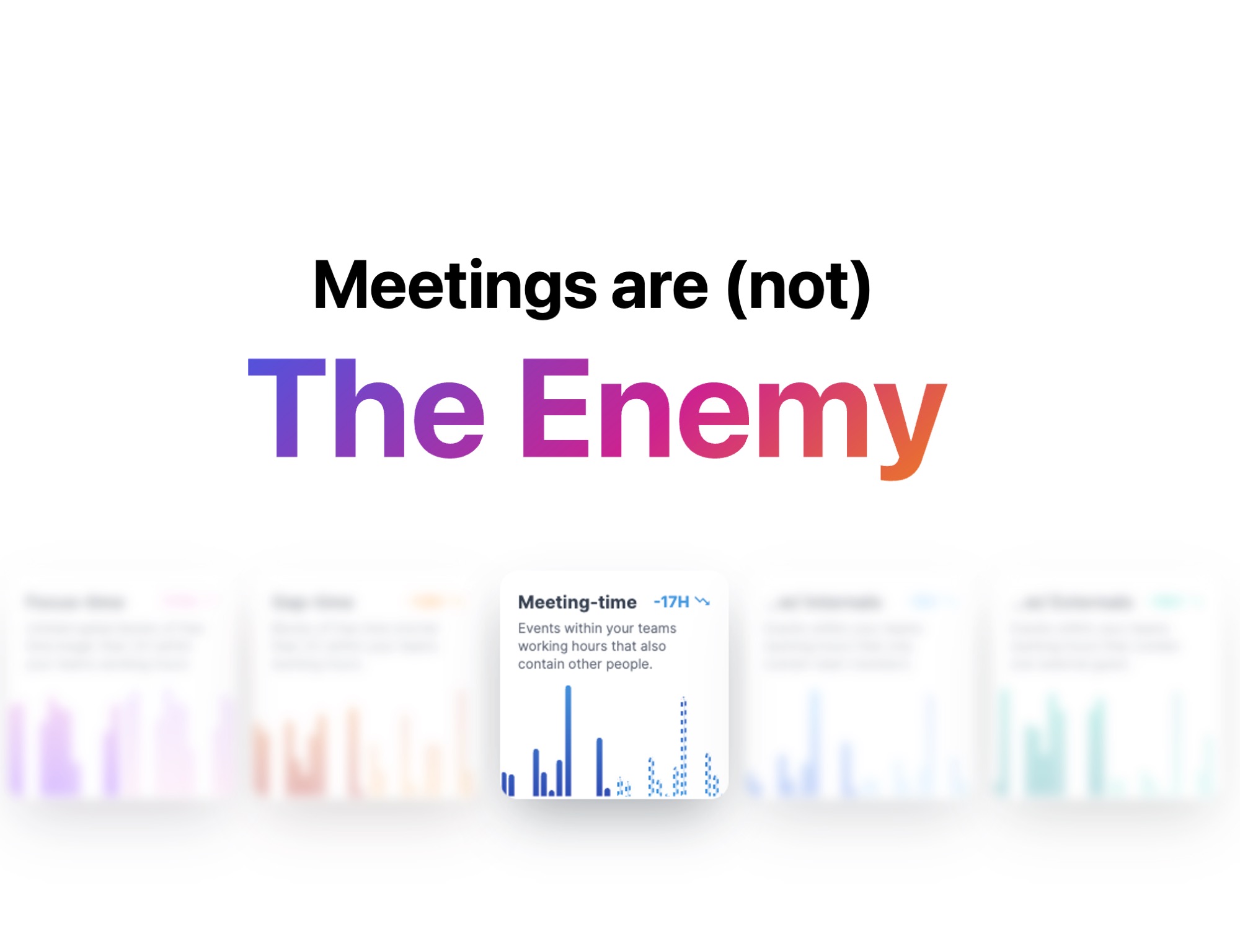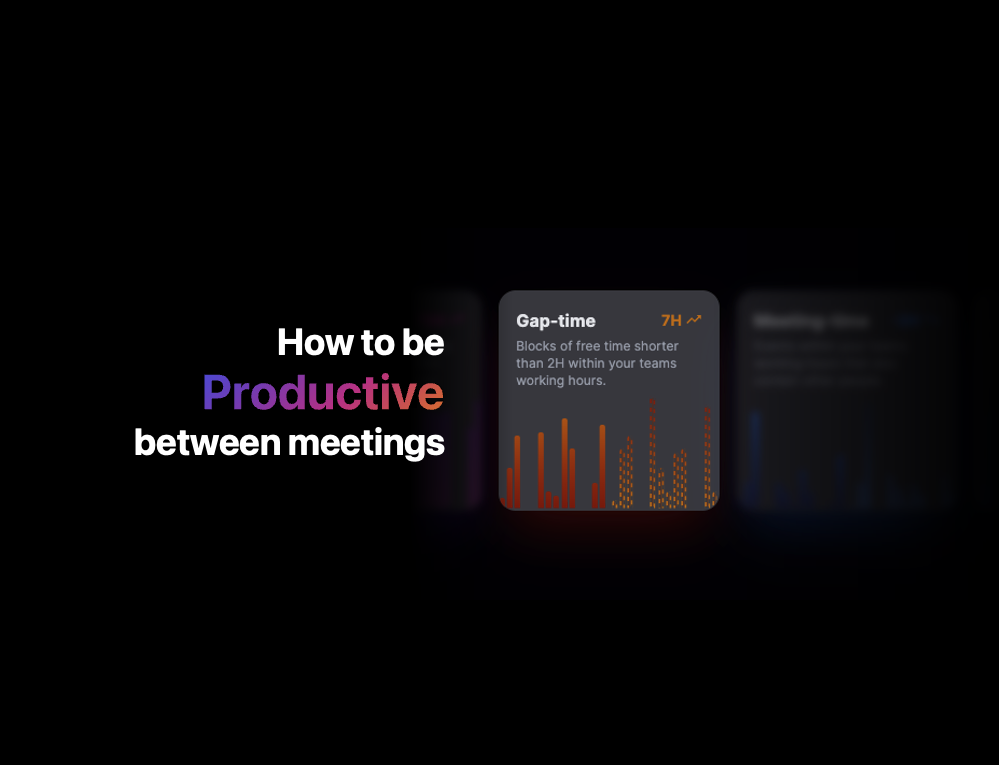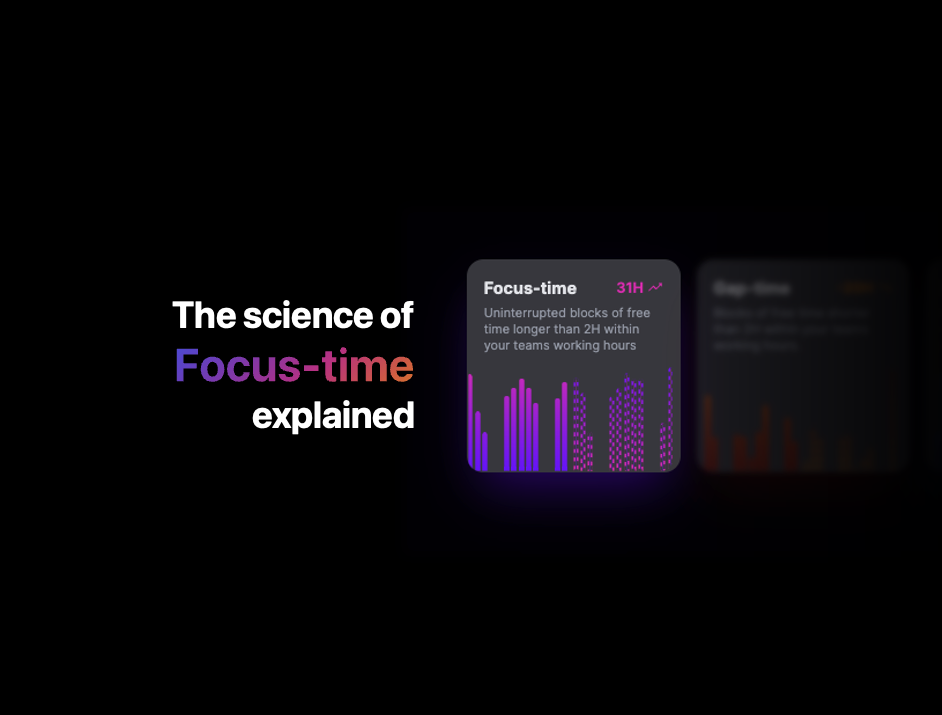
This week, we’re chatting with Influitive about how they do one-on-one meetings with their team! 🎉
Influitive is the maker of an advocacy marketing platform that helps companies leverage the power of their customer advocates. They’re experts in the world of customer engagement, and so we were particularly jazzed to see how they handle employee engagement!
We sat down with Bronwyn Smith, VP of Business Operations, to talk about the purpose of one-on-ones, getting team members to open up and more!
Bronwyn’s 1:1 basics
- # of direct reports: 5
- Office or remote?: Office
- Frequency: It depends
- Length: Minimum 30 minutes
Why do you do one-on-ones?
The key purpose of 1:1s are to:
- Help my reports achieve their goals. This is either through helping them to better understand their problem, brainstorm solutions, or remove roadblocks.
- Provide feedback to enable my reports to grow and develop.
- Ensure there is a time where reports can talk to me about whatever is on their mind, personally or professionally.
The key to my 1:1s is that it’s the report’s meeting. It’s to help them be better, therefore they should set the agenda based on their needs.
How often are your one-on-ones?
It depends on the employee. If an employee is more junior, or new, it may be twice a week. If an employee is more senior, it may be every other week. The longest I would go without an 1:1 is every other week.
At least once a month I make sure the 1:1 is dedicated to career development. Often times, this discussion will get missed during other 1:1s, so it’s important to carve out dedicated time to this.

How long are your one-on-ones?
This depends on the frequency, the person and the need. At least 30 minutes, but can be more based on the needs of the person that week. If the conversation is on career development, I will book at least an hour
How do you prepare for your one-on-ones?
My reports are expected to send me an agenda in advance of the 1:1. This will outline what they think they need to align on with me. Every week I will review the status of how my reports are doing on their OKRs, so I will know that before going into the meeting.
During career discussions, I will make sure to spend time before the meeting to think through big areas the employees has grown during the past month and feedback on how they can further develop.
Do you use an agenda?
There is always an agenda. I have a basic guideline that my reports use as a starting point. But again, this is their meeting – so they adapt the agenda based on what they need to talk about.
What are your go-to one-on-one questions?
There isn’t a go-to 1:1 question – it’s based on the needs of the person.
The 1:1 is a great time to provide coaching to the employee. Often times, when an employee has a question, they just need a push to solve on their own. So a lot of “what” questions, and probing questions enable the employee to solve problems on their own.
"Often times, when an employee has a question, they just need a push to solve on their own. So a lot of what questions, and probing questions enable the employee to solve problems on their own." – @Bronwyn_Smith of @Influitive Click To TweetWhat do you do to help your employees open up?
This takes building a solid relationship with the employee overtime. A few key tactics:
- Make sure you really listen to the employee.
- Make sure you don’t skip career discussions – this helps the employee know you care about them and want them to do well.
- At least once a quarter, get out of the office. Have a lunch or breakfast together. Take a walk.
What’s the biggest challenge around your one-on-ones?
If you are not careful, 1:1s can end up being status updates. Or the manager can take over the meeting. This isn’t their purpose. It’s important to make sure the employee and their needs stay front and center.
How do you know if you’ve had a successful one-on-one?
If an employee has solved a problem on their own.
Thanks to Bronwyn for sharing her insights with us! For more company insights, check out our Q&A with Paula Segal, SeatGeek’s Director of Product Management!


